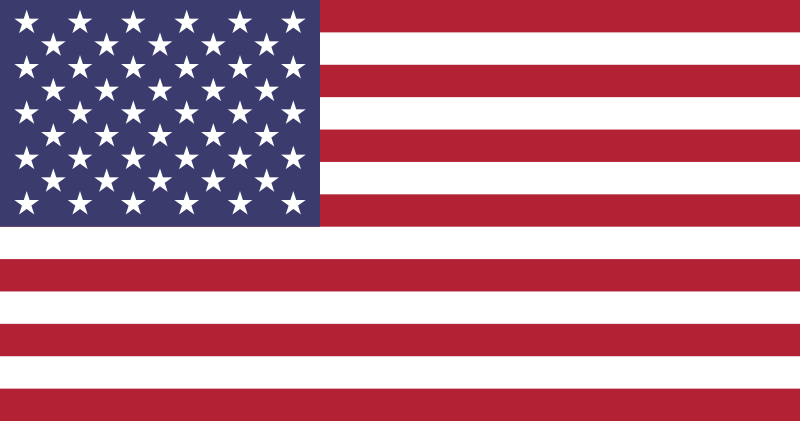U.S. Tomato Brown Rugose Fruit Virus Requirements
On November 15, 2019, the United States Department of Agriculture (USDA) released a Federal Order regarding the importation of tomato and pepper which are hosts of the Tomato Brown Rugose Fruit Virus (ToBRFV).
Effective November 22, 2019, the United States Department of Agriculture – Animal and Plant Health Inspection Service (USDA-APHIS) will impose new requirements for the importation of tomato and Capsicum spp. (pepper), which are hosts of the ToBRFV. The USDA indicates that this measure is necessary to prevent the introduction of the virus into the United States. More precisely:
- The USDA is restricting the importation of tomato and Capsicum spp. (pepper) by imposing import requirements on plants and plant products to mitigate the risk of ToBRFV. Imports of propagative material (including plants for planting, seeds, grafts, obscured seeds and cuttings) must be free from ToBRFV based on origin from an area where the pest is absent or on negative diagnostic testing results.
- Propagative material from Canada will have to be accompanied by a Phytosanitary Certificate with an additional declaration certifying that the product meets US import requirements.
- The USDA is also placing new requirements on imports of fresh tomato and pepper fruit from those countries where ToBRFV is present and that are approved to export to the United States.
- According to the USDA, although ToBRFV has not been reported in Canada, because Canada imports tomato and pepper fruit from Mexico that are re-exported to the US, tomato and pepper fruit from Canada will need to be inspected at the point of origin to ensure it is free of disease symptoms.
- Fruits from Canada will have to be accompanied by a certification document issued by the grower or packer, indicating that the fruits have been inspected and been found free of symptoms of ToBRFV.
- A phytosanitary certificate with a declaration that the fruit has been inspected and found free of symptoms is another option.
- In addition, U.S. Customs and Border Protection (CBP) will increase inspections at U.S. ports of entry to ensure imported tomato and pepper fruit entering from Canada (and other identified countries) do not show signs of the virus upon arrival.
- According to the USDA, although ToBRFV has not been reported in Canada, because Canada imports tomato and pepper fruit from Mexico that are re-exported to the US, tomato and pepper fruit from Canada will need to be inspected at the point of origin to ensure it is free of disease symptoms.
These requirements for imported fruit will remain in place until the USDA completes its risk analysis of the fruit pathway for ToBRFV introduction into the United States and determines appropriate regulatory action.
In Canada, the Canadian Food Inspection Agency (CFIA) is working to implement these new requirements. If you plan to export tomato or Capsicum spp. (pepper) propagative material or fruit to the United States in the coming weeks and haven’t already contacted the CFIA regarding these new requirements, please contact your local CFIA office.
More information on the this issue is available on the USDA website:
Market Access Secretariat
Agriculture and Agri-Food Canada
E-mail Address: aafc.mas-sam.aac@canada.ca
The Certification Document can be found on our website in the Forms section

